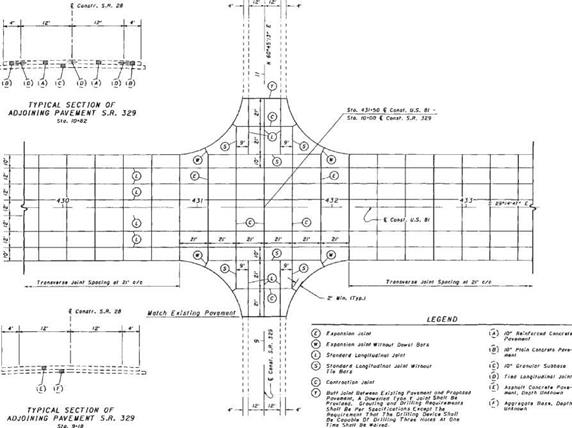

Because of limitations of the AASHTO 86/93 design method, the MEPDG method is more reliable. The two main design methods for CRCP are AASHTO 86/93 and the Mechanistic–Empirical Pavement Design Guide (MEPDG).



With reference to pavement conditions, CRCP is an exceptional type of concrete pavement according to the Highway Pavement Condition Index (HPCI) and International Roughness Index (IRI). In this paper, particular emphasis is devoted to the efforts used for level 1 material characterization for the analysis.Ĭontinuously reinforced concrete pavement (CRCP) is a representative type of concrete pavement constructed with continuous steel bars without intermediate transverse expansions. The MEPDG provides a number of new approaches for characterizing materials to be used in 21st Century pavement design. The objective of this paper is to compare the design and performance between the empirical 1993 AASHTO and the MEPDG methodology using level 1 input data from a recently constructed Continuously Reinforced Concrete Pavement (CRCP) project at I-64 Battlefield Boulevard, Chesapeake, Virginia as case study. The MEPDG possess three hierarchical input levels: level 1 from site specific and actual tests, resulting in higher accuracy, level 2 from less than optimal testing or by correlations, and level 3 from the agency database, user selected default values. The interactions between geometrics, material properties, traffic, and environmental conditions in the MEPDG approach are more pronounced than are those in the 93 AASHTO guide. On the other hand, Mechanistic-Empirical Pavement Design Guide (MEPDG) software uses numerical models to analyze traffic, climate, subgrade and laboratory measurements of material properties to predict the performance of various pavement designs over their entire service life. The 93 AASHTO guide have served many highway agencies well over the years, but the road test data has limitations in its application to today’s truck traffic or to sites with varying climate and subgrade materials. Traditional pavement design using 1993 AASHTO Guide for Design of Pavement Structures (93 AASHTO) is based on empirical equations developed using 1950s AASHTO road test data.


 0 kommentar(er)
0 kommentar(er)
